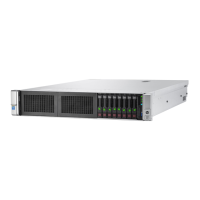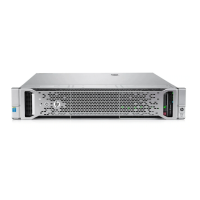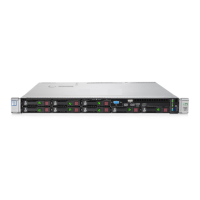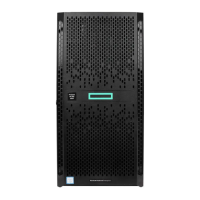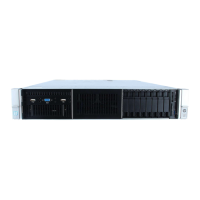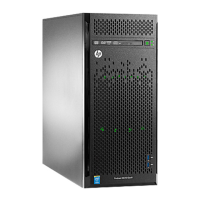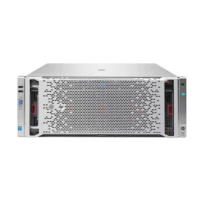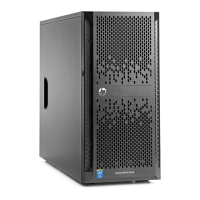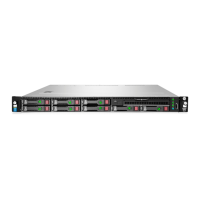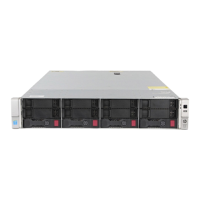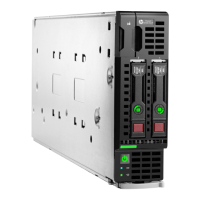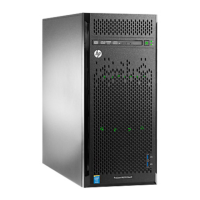Options may include:
• Recommended—Uses HP-defined defaults to configure the server software and firmware,
partition storage, and install the OS with HP drivers. HP recommends selecting this option
for first-time server setup. For more information about recommended installation options,
see “OS information required for recommended installations” (page 27).
NOTE: AMS and the HP ProLiant iLO 3/4 Channel Interface Driver are installed
automatically if you use the Recommended installation method for Windows installation.
The HP ProLiant iLO 3/4 Channel Interface Driver is standard for SUSE Linux Enterprise
Server 11 and 12 and Red Hat 6 and 7.
• Customized—Enables you to individually configure the options for server software and
firmware updates, storage partitioning, and OS installation with HP drivers. Select this
option if you have specific parameters that differ from the recommended settings, such
as for storage partitioning. For more information about customized installation options,
see “OS information required for customized installations” (page 29).
• Manual—Installs the OS from a custom OS CD/DVD. After selecting this option, insert
the provided CD/DVD so that the server can reboot from the OS CD/DVD.
When using the Manual Installation method, the Virtual Install Disk (VID) is disabled by
default. If you enable VID, a USB mass-storage device appears with the name of the VID
during the OS installation process. The VID contains a limited set of storage and networking
drivers, so any required SAS/iSCSI/FCoE adapter can be loaded in the event that the
OS disc does not have the appropriate drivers. Because the VID and the custom CD/DVD
might not contain all of the needed drivers, you might need to create a driver CD/DVD
to ensure that all required drivers are installed and that the OS can install successfully.
For information about creating a driver disk, see the OS installation guide. For information
on enabling the VID, see “Enabling the VID” (page 32).
In all Linux environments, add dd (Red Hat Enterprise Linux 6), inst.dd (Red Hat
Enterprise Linux 7), dud=1 (SUSE Linux Enterprise Server 11 and 12) on the command
line to provide a driver location only when installing the OS in special storage devices
such as iSCSI and FC LUNs.
In Red Hat Enterprise Linux 6 installations with a SATA controller, the selected Install
Target Device must be a drive connected to the lowest bay number.
The following table contains information about Linux boot driver parameters.
ExampleSolutionIssueLinux edition
updatedir=
/linux/suse/i386–sles11.2
To access the SP2
drivers in the VID,
include the
Because of a naming
convention conflict
between SUSE Linux
SUSE Linux
Enterprise Server
broken_modules=ahci for
sles11, sles12
updatedir kernel
parameter for the
appropriate OS.
Enterprise Server 11
SP1 and SP2, the
SP2 drivers are
located in a directory
that the SUSE
installer does not
see.
blacklist=ahci for rhel6
modprobe.blacklist=ahci for
rhel7
Enter the following
boot parameters to
prevent the driver from
taking over the
controller.
Because the AHCI
driver attaches
before the HP
Dynamic Smart Array
B140i Controller
Red Hat Enterprise
Linux 6
drivers, the logical
driver is not
recognized.
Step 2: OS Selection 25
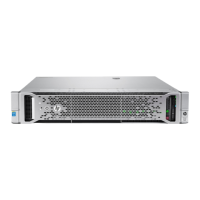
